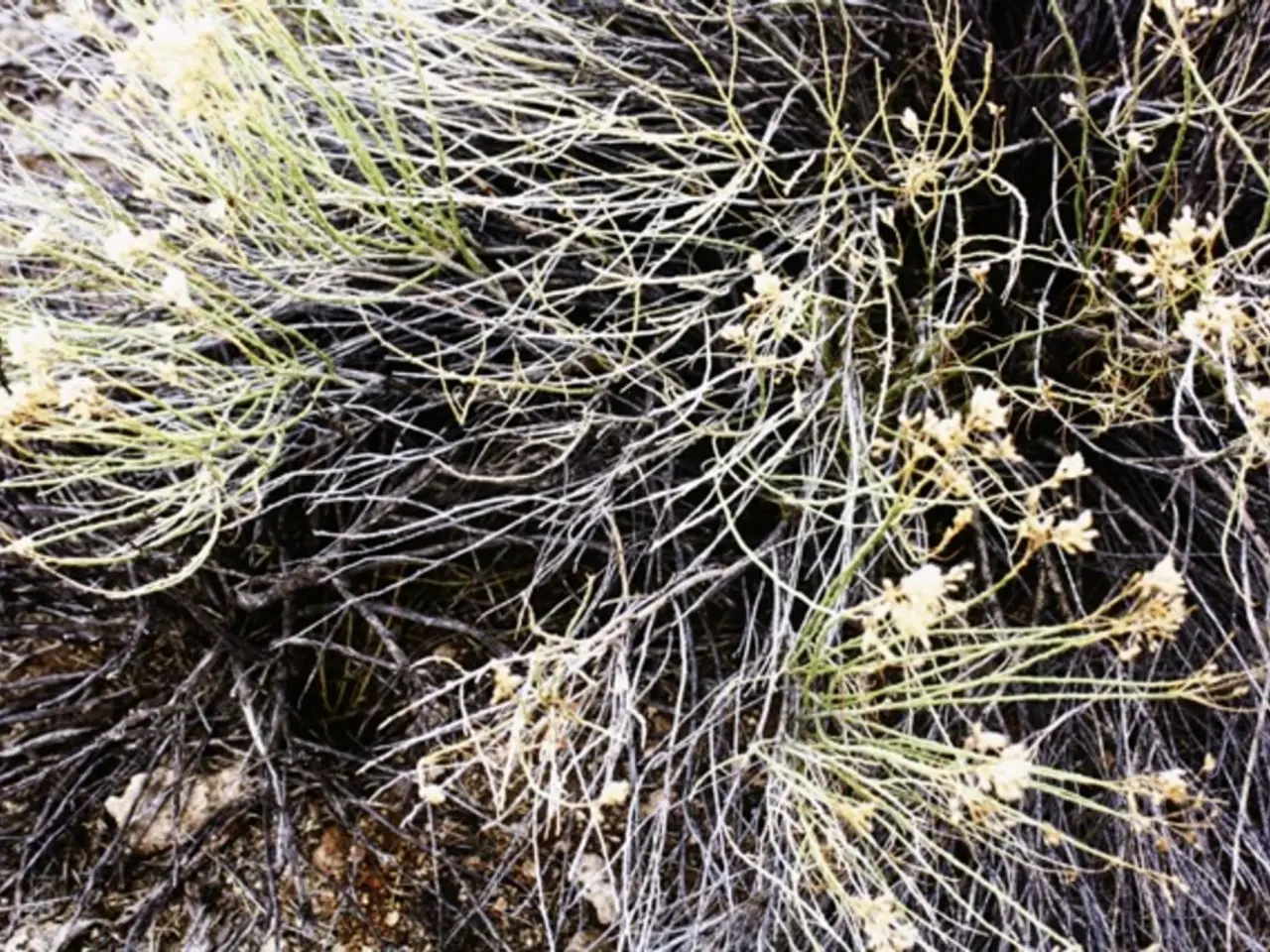Echinacea: The Hardy, Vibrant Plant Taking Gardens by Storm
Echinacea, a robust and vibrant plant, is gaining prominence in gardens worldwide. Known for its daisy-like structure and intense colors, this plant thrives in full sun and well-drained soils, blooming from June until the first frosts.
Traditionally, echinacea, or 'Echinacea purpurea', played a supporting role in gardens. However, breeders have developed various hybrids, contributing to its popularity in stores. Florists and gardeners appreciate the original 'Echinacea purpurea' for its brown-orange cone and drooping pink petals.
Echinacea provides structure to borders and complements grasses. Its upright habit and central cone-shaped disk add verticality, even in winter. It also attracts pollinators and birds. Landscape architects like Robert B. Nold from the United States and Piet Oudolf have integrated echinacea into their designs, elevating its status in gardens. Echinacea thrives when planted with other plants like rudbeckias, phlox, asters, and sedums.
To care for echinacea, prune it at the very end of winter and provide a little horticultural fertilizer at planting. Its natural yet intense appearance and ability to provide structure to borders make it a valuable addition to any garden.
Read also:
- German Wine Industry Faces Collapse as Half of Businesses Threatened
- Vodafone Brings High-Speed Internet to 2,500 German Households in Rhein-Sieg Modernization Project
- Measles Outbreak in Alberta Claims Newborn's Life, Vaccination Rates Surge
- Malaysia's Book Ban Surge: 24 Titles Banned in 2023, Most Since 2017




